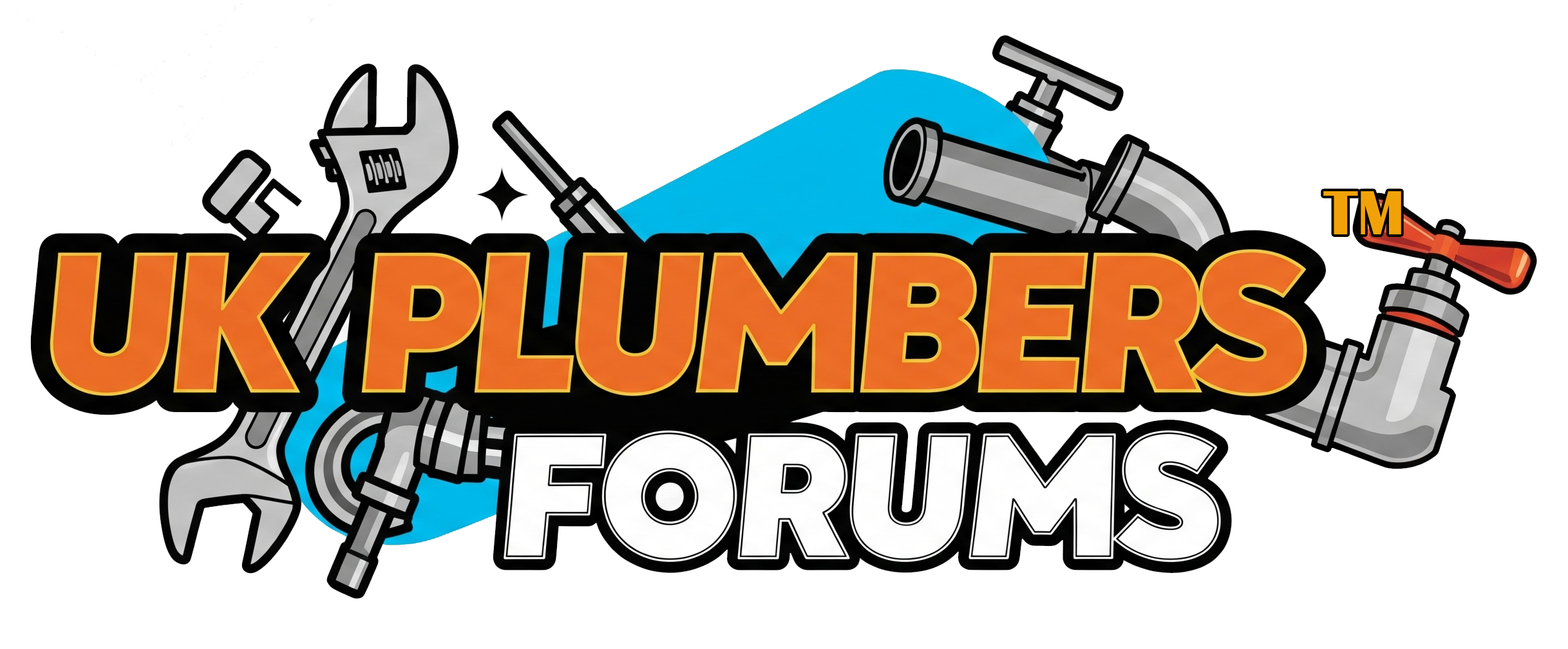We've installed a new 25mm water mains in to replace a led mains in and the pressure is so high we've had to put pressure reducing valve on and cap at 3 bar.
The flowrate from the tap is about 10 litres per minute but we're expecting at least 15l/m. The taps/showers are rated to 3bar but I want to find out if anyone thinks there is a great risk in adjusting the PRV to 4bar to increase the flow.
For info, the combi storage boiler is rated for 18l/m and the current Plumbing has been power flushed, no issues. Any advice appreciated?
The flowrate from the tap is about 10 litres per minute but we're expecting at least 15l/m. The taps/showers are rated to 3bar but I want to find out if anyone thinks there is a great risk in adjusting the PRV to 4bar to increase the flow.
For info, the combi storage boiler is rated for 18l/m and the current Plumbing has been power flushed, no issues. Any advice appreciated?


